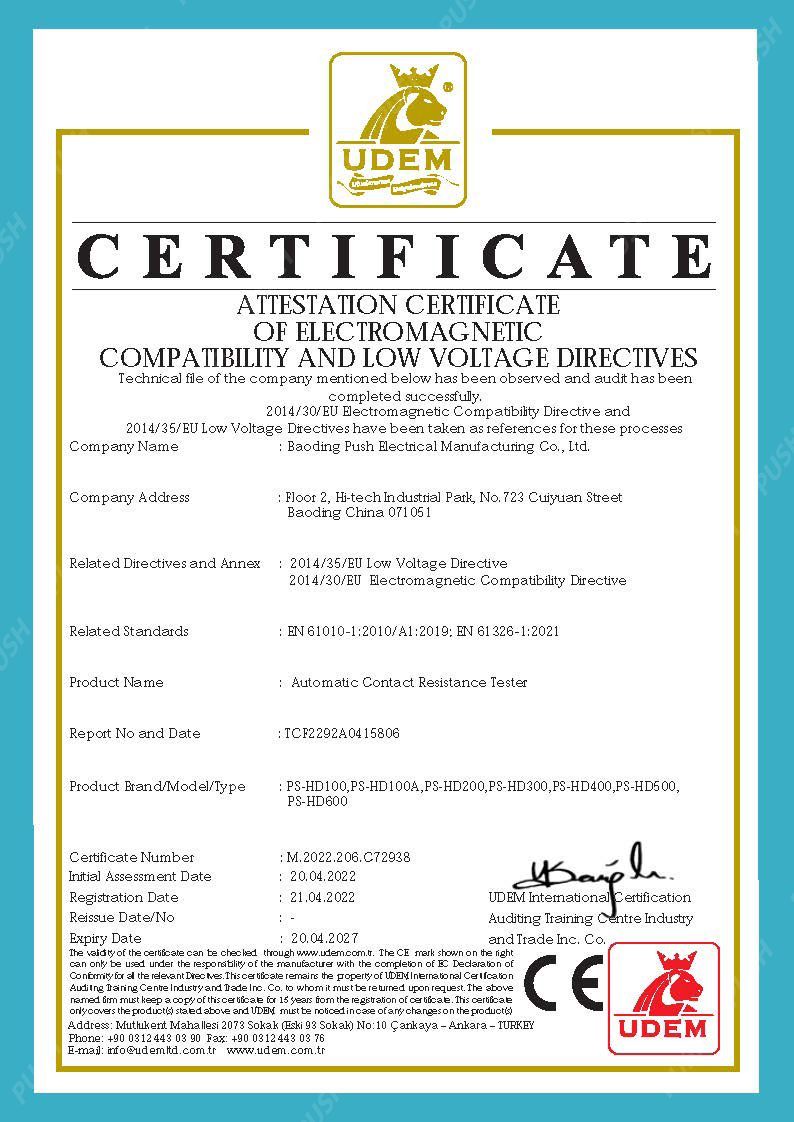 English
English


High Voltage Testing Procedures for Transformers and Their Importance in Electrical Safety
High Voltage Testing on Transformers
High voltage testing is a critical procedure in ensuring the reliability and safety of transformers, which are vital components in electrical power systems. Transformers are designed to step up or step down voltage levels for efficient power transmission and distribution. However, they must be able to operate under various electrical stresses without failure. This is where high voltage testing comes into play.
The primary objective of high voltage testing is to verify the insulation quality and operational integrity of transformers. As electrical devices that operate at high voltages, transformers are susceptible to insulation breakdown, which can lead to catastrophic failures. Such failures not only disrupt power supply but can also pose significant safety hazards and economic losses. Therefore, conducting high voltage tests is essential to ensure that transformers can withstand the operational voltages they will encounter in service.
There are several types of high voltage tests performed on transformers. Among them, the most common are the power frequency tests, insulation resistance tests, and partial discharge tests. Each of these tests serves a specific purpose and helps in identifying potential weaknesses in the transformer’s insulation and overall design.
Power Frequency Tests
Power frequency tests involve applying a high voltage, typically 1.5 to 2 times the rated voltage of the transformer, for a specified duration (usually ranging from one minute to several minutes). This test helps assess the insulation integrity and its ability to withstand prolonged electrical stress. The test is performed on the primary and secondary windings, as well as between windings and the core. If any insulation weaknesses are present, they may manifest as breakdowns during this test, indicating the need for maintenance or replacement.
Insulation Resistance Testing
the high voltage test which is performed on transformers

Insulation resistance testing is another vital aspect of high voltage testing. This test measures the resistance of the insulation between the transformer windings and between the windings and the ground. A high resistance value indicates good insulation quality, whereas low resistance could suggest moisture ingress, contamination, or degradation of insulating materials. Typically, insulation resistance testing is performed using a megohmmeter, and the results are interpreted using standardized criteria relevant to the type and age of the transformer.
Partial Discharge Testing
Partial discharge testing is used to detect localized electrical discharges that occur within the insulation system of a transformer. Although these discharges may not result in immediate failure, they can erode insulation over time, leading to eventual breakdown. By performing partial discharge tests, technicians can identify problematic areas within the transformer, which can then be addressed to extend the equipment’s operational life.
Conclusion
In conclusion, high voltage testing is an indispensable procedure in transformer maintenance and safety assurance. By conducting these tests, utilities and maintenance companies can identify and rectify potential issues before they escalate into major failures. The insights gained from high voltage testing not only contribute to enhancing the reliability of transformers but also play a crucial role in ensuring the overall efficiency of electrical power systems.
As the demand for electricity continues to grow, the importance of maintaining the health and functionality of transformers cannot be overstated. High voltage testing serves as a proactive measure to mitigate risks, optimize performance, and improve the lifespan of these essential devices. By investing in rigorous testing protocols and embracing advanced technologies, the electrical industry can better serve the needs of its customers while safeguarding infrastructure and communities against the consequences of transformer failure.
-
Differences between open cup flash point tester and closed cup flash point testerNewsOct.31,2024
-
The Reliable Load Tap ChangerNewsOct.23,2024
-
The Essential Guide to Hipot TestersNewsOct.23,2024
-
The Digital Insulation TesterNewsOct.23,2024
-
The Best Earth Loop Impedance Tester for SaleNewsOct.23,2024
-
Tan Delta Tester--The Essential Tool for Electrical Insulation TestingNewsOct.23,2024





